NASA Hubble Space Telescope captures dwarf galaxy in Virgo cluster, 52 mn light years away
NASA's Hubble Space Telescope captures a distant dwarf galaxy in the Virgo cluster, 52 million light-years away which reveals cosmic wonders and sparks awe among viewers worldwide.
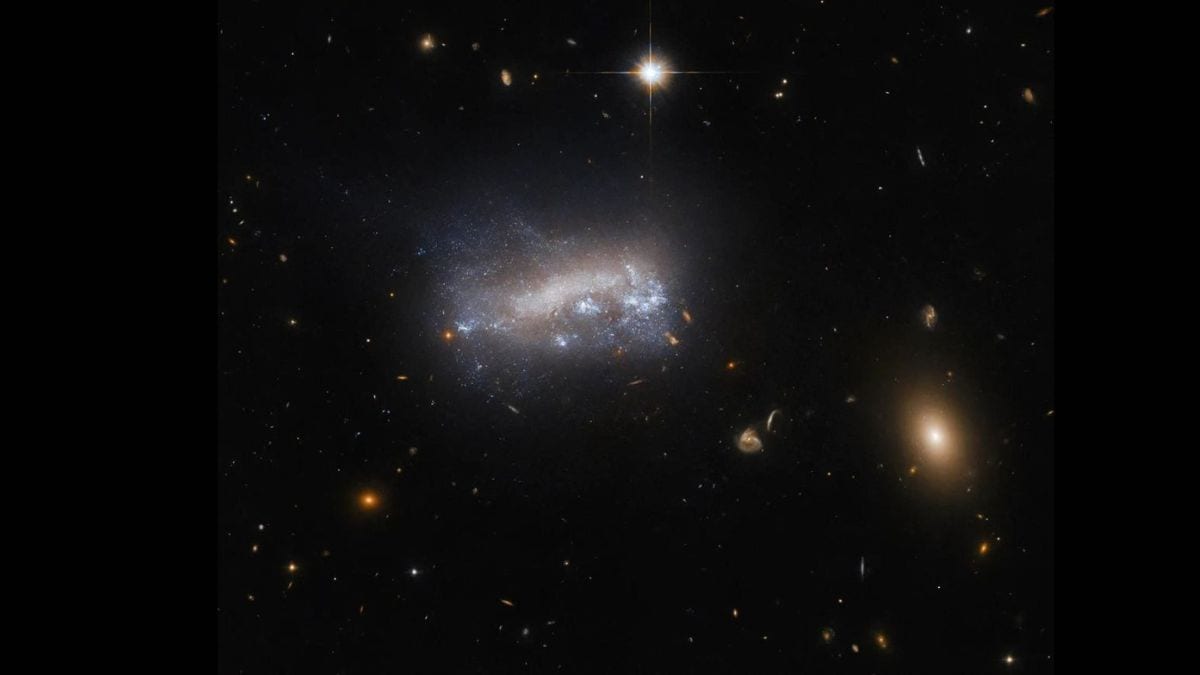

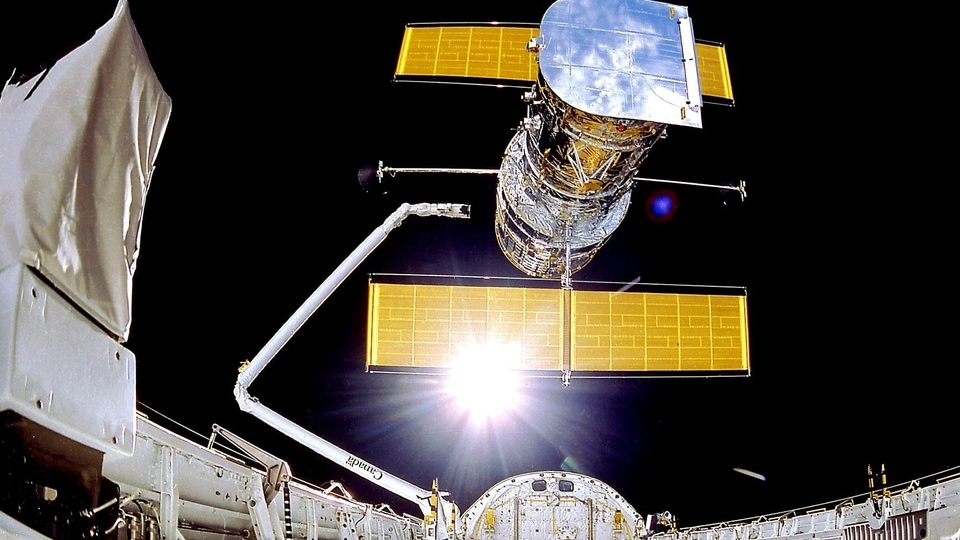
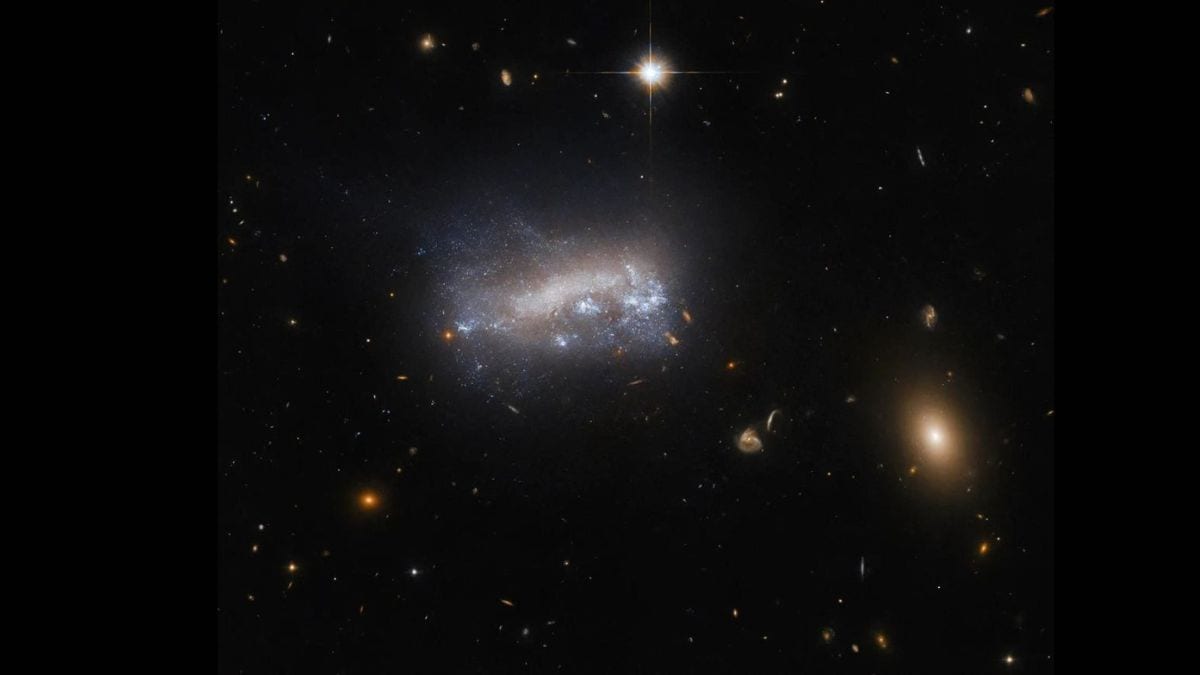

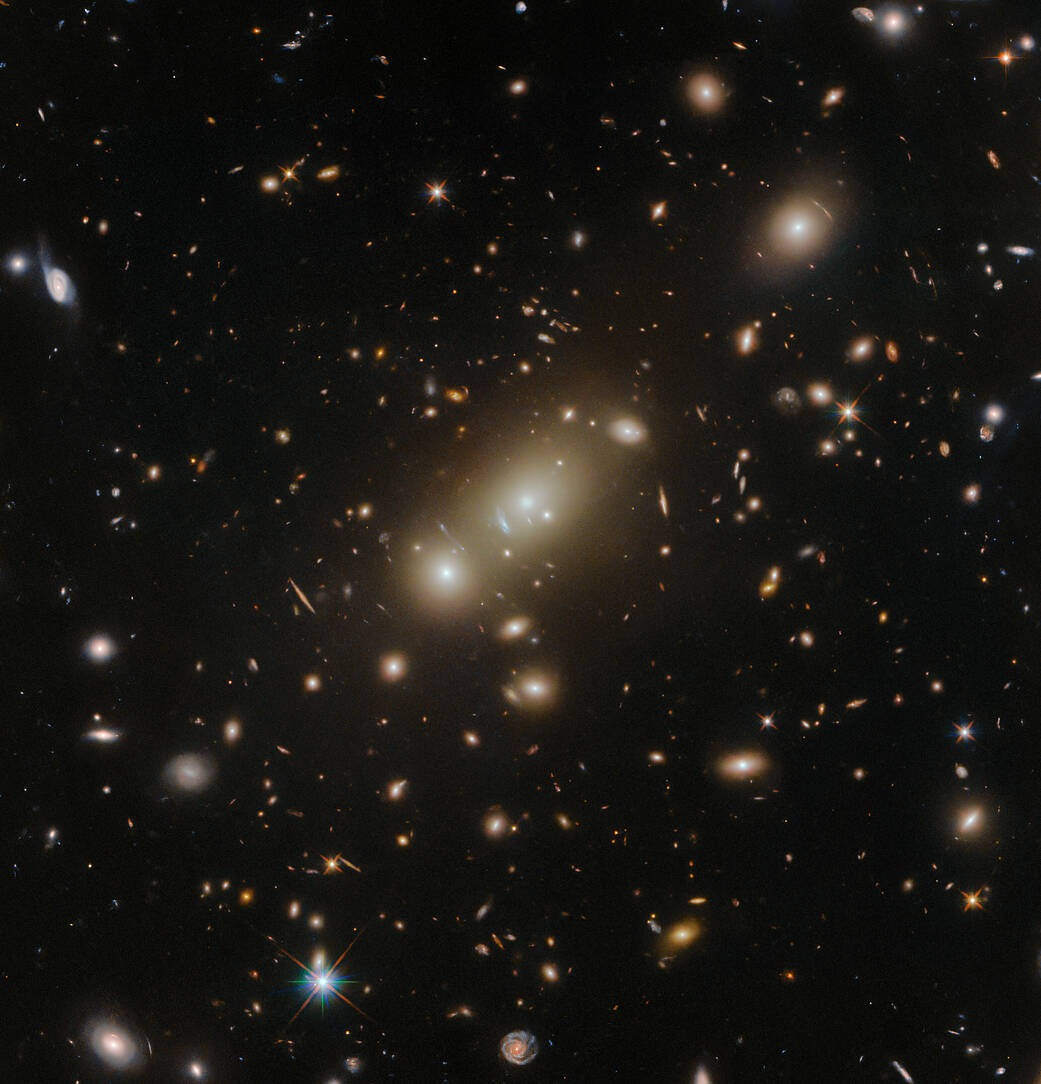
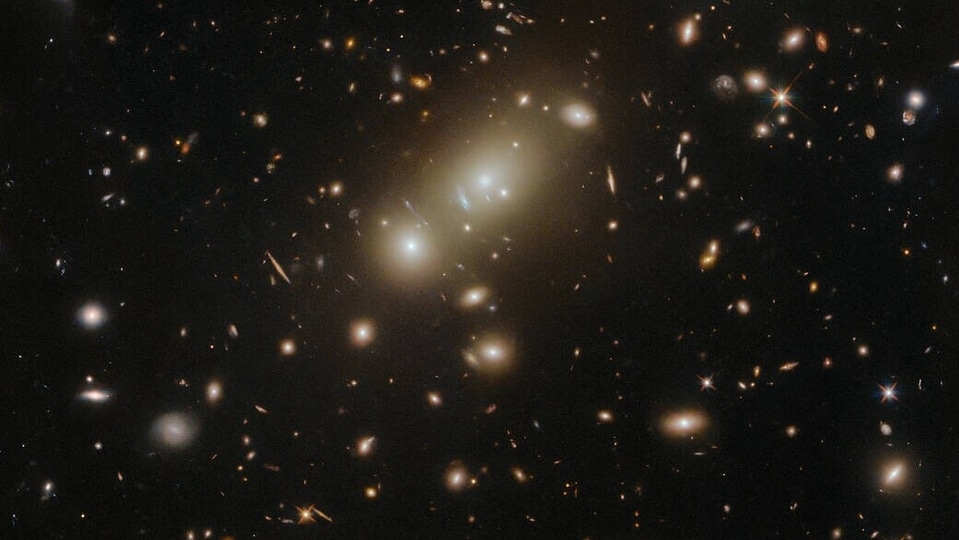
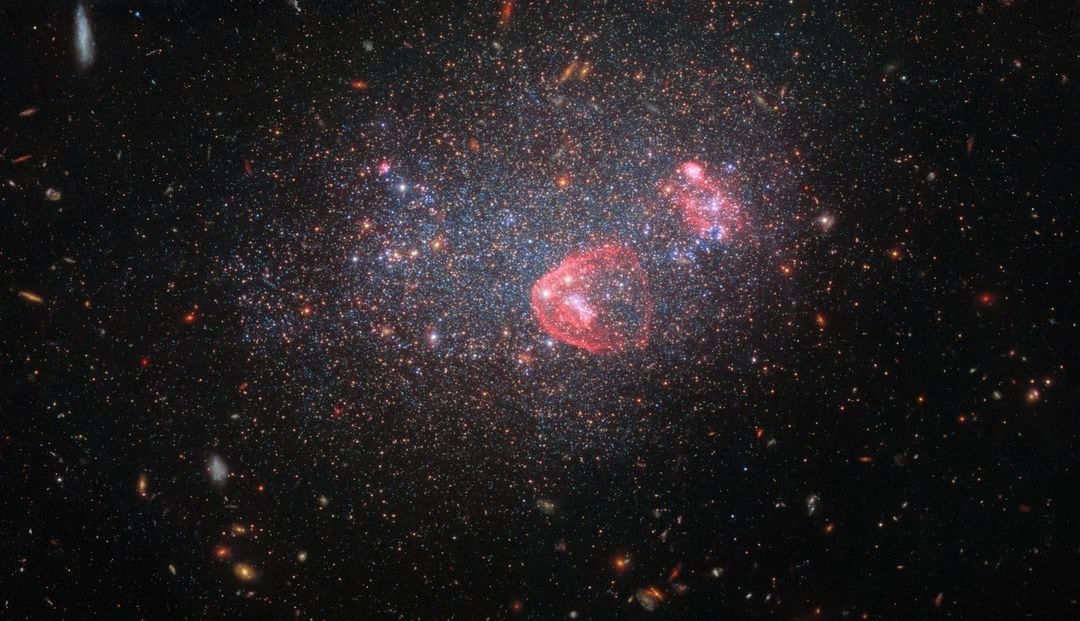
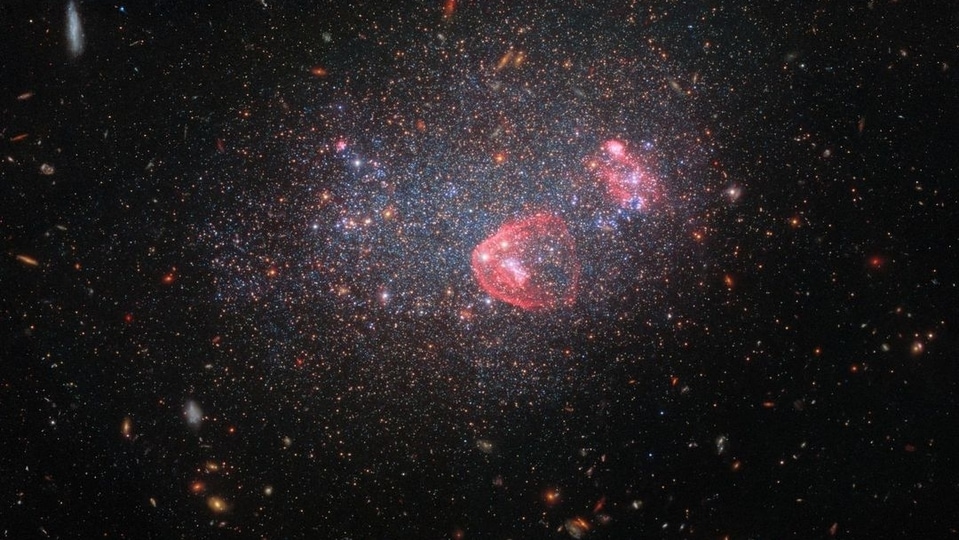
First Published Date: 18 Mar, 14:12 IST
Tags:
nasa
NEXT ARTICLE BEGINS































